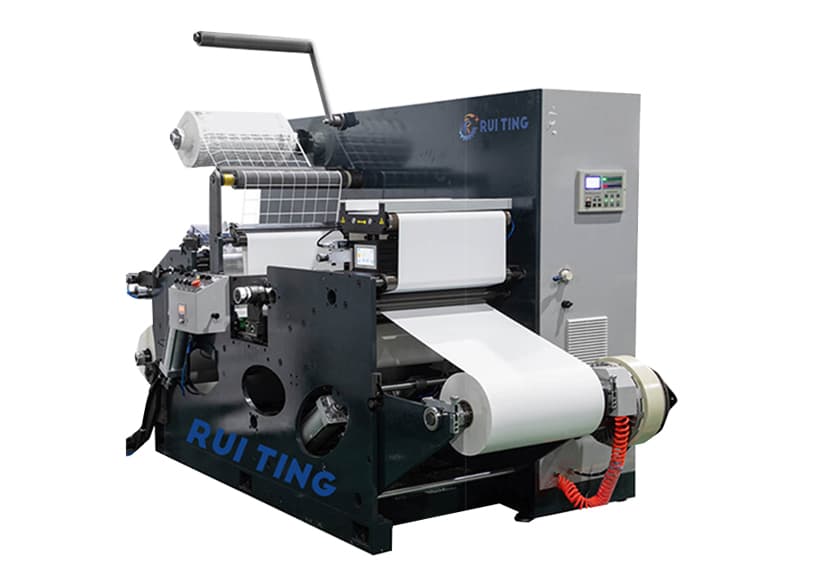As an important equipment in the printing industry, flexo printing machine have a maintenance level that directly affects the quality and production efficiency of printed products. Flexographic printing machine are maintained through daily maintenance, regular maintenance, and troubleshooting to extend the service life of the machine.
I. Daily care
(a) Cleaning work
1. After each use, clean the surface of the printing press, cylinder, anilox roller, printing plate and other components in time to remove ink, paper scraps and other residues.
2. Use special cleaning agents and soft cloths for cleaning, avoid scratching with hard objects to avoid damage to the surface of the parts.
3. Clean the ink tank, ink pump and ink tube regularly to prevent the ink from drying and blocking.
(b) Lubrication maintenance
1. Regularly lubricate the bearings, gears, chains and other moving parts of the printing press, and use designated lubricating oil or grease.
2. Regularly check whether the lubrication system is working normally, and replenish or replace lubricant in time.
(c) Check adjustments
1. Before starting the machine every day, check whether all parts of the printing press are loose, worn or damaged, and tighten or replace them in time.
2. Check the electrical system regularly to ensure that the line connection is firm and there is no aging, damage, etc.
II. Regular maintenance
(a) Weekly maintenance
1. Thoroughly clean the printing press, including cleaning ink tanks, ink pumps, ink tubes, drums, anilox rollers, printing plates.
2. Check and adjust the printing pressure, registration accuracy and other parameters.
(b) Monthly maintenance
1. Check and clean the pneumatic system, including air pipes, cylinders, solenoid valves.
2. Check and clean the transmission system, including gears, chains, belts.
Ⅲ. Common faults and troubleshooting methods
(a) Dirty prints:The reason may be that the ink roller pressure is too high, the printing plate is dirty, and the ink viscosity is inappropriate. Solution to adjust the ink roller pressure, clean the printing plate, and adjust the ink viscosity.
(b) Inaccurate overprinting:Possible reasons are uneven paper tension, loose print board and wear of roller bearings. The solution is to adjust paper tension, tighten the printing plate and replace the bearings.
(c) Abnormal sound from the machine:Possible reasons are loose parts, poor lubrication, and damaged bearings. The solution is to fasten the parts, add lubricating oil, and replace the bearings.
Through the above maintenance measures, the service life of the flexo printing machine can be effectively extended, printing quality can be improved, failure rate can be reduced, and greater value can be created for users.
